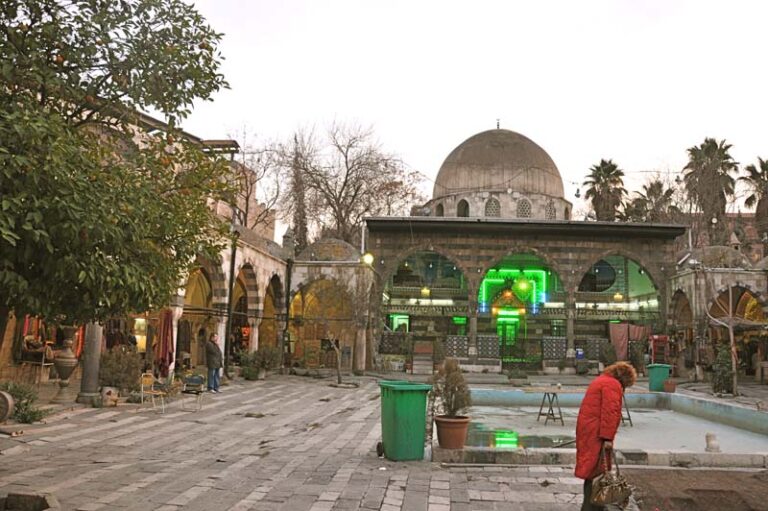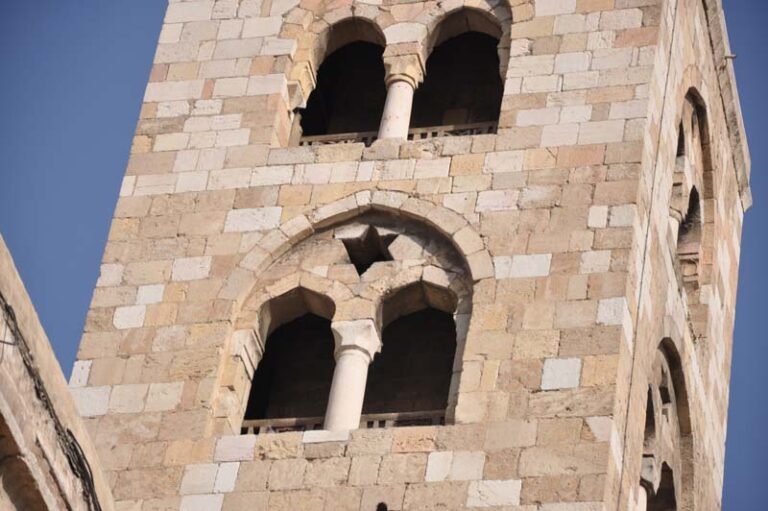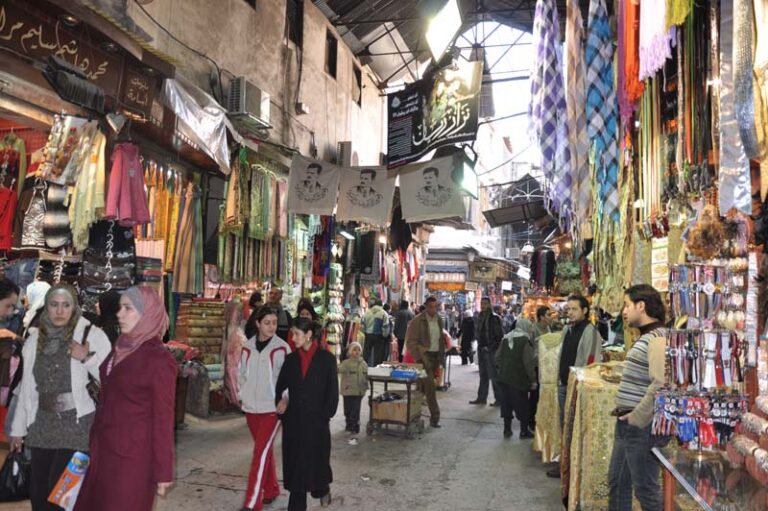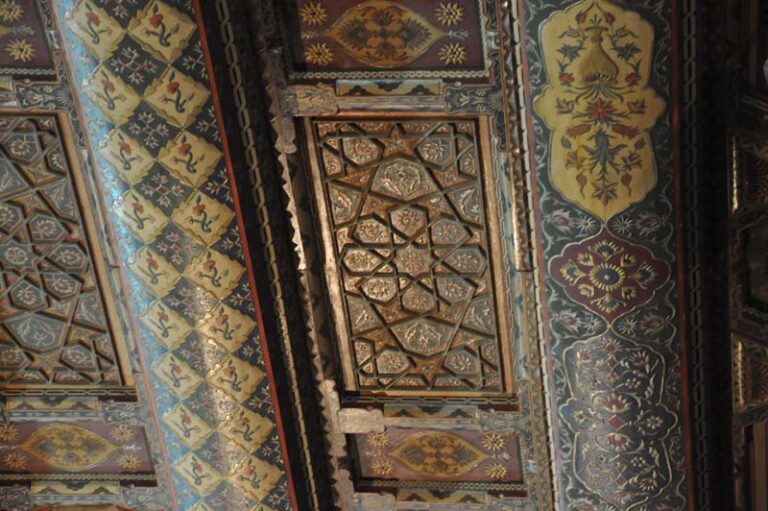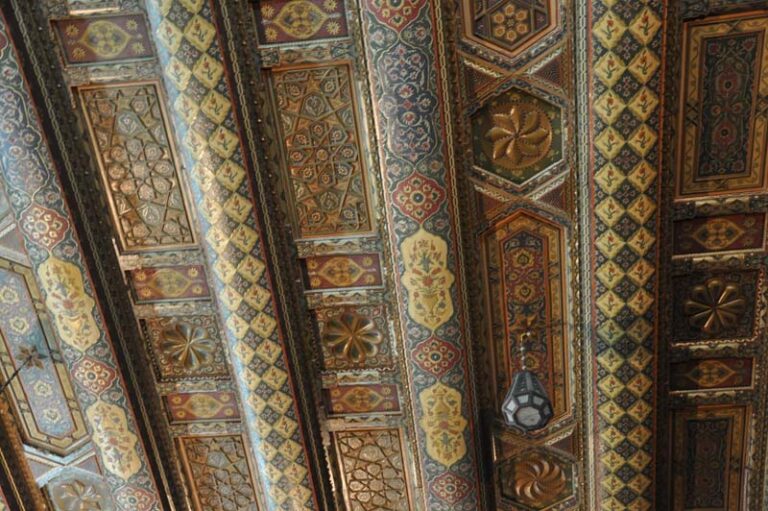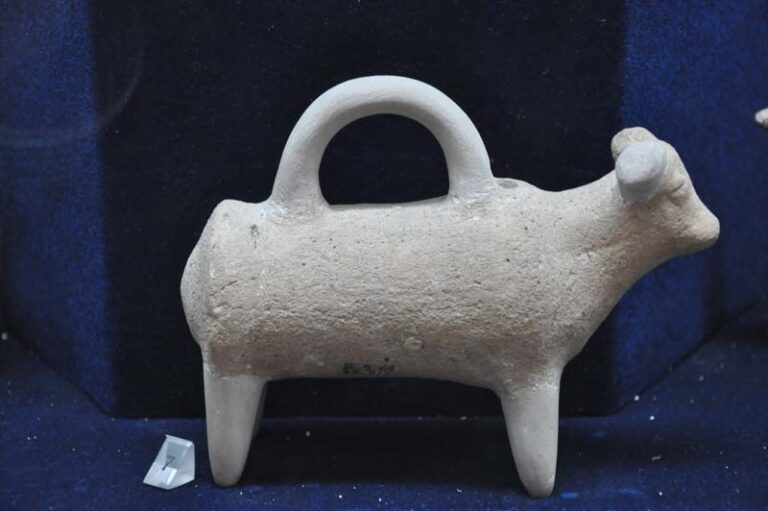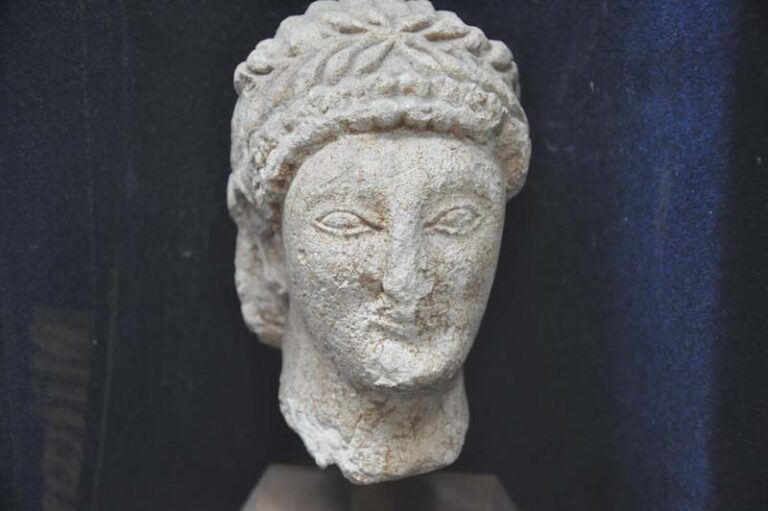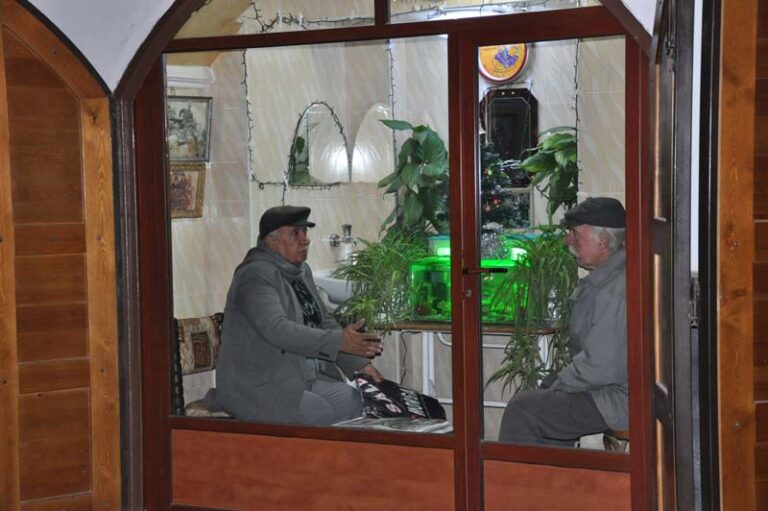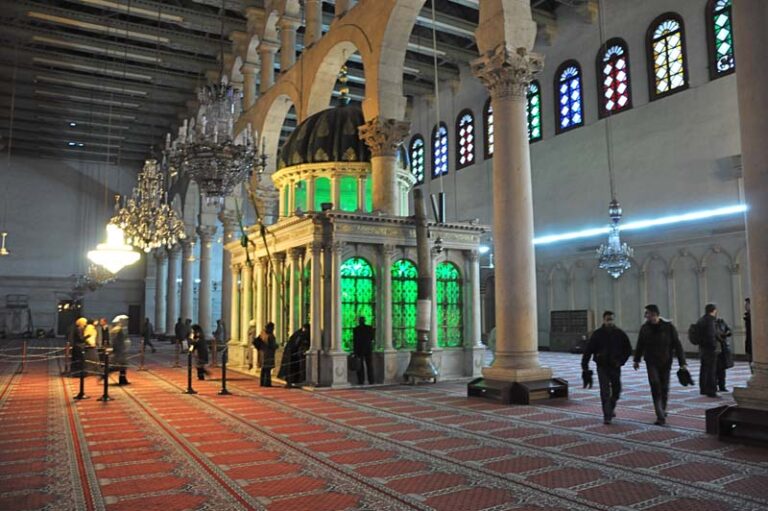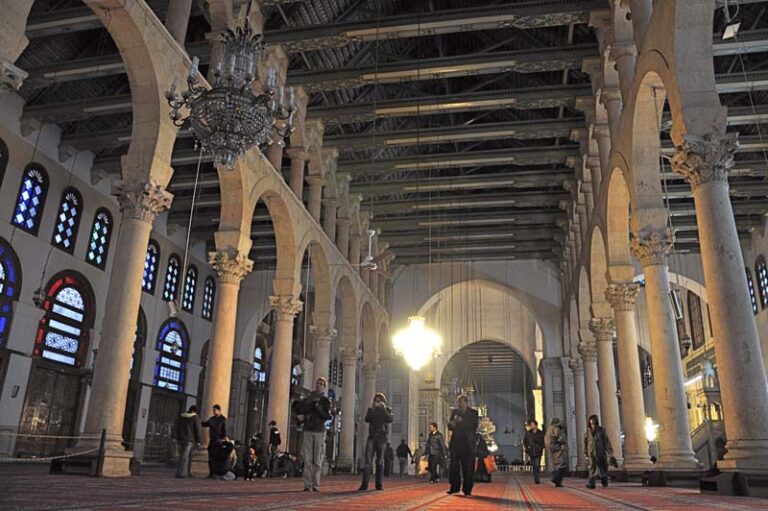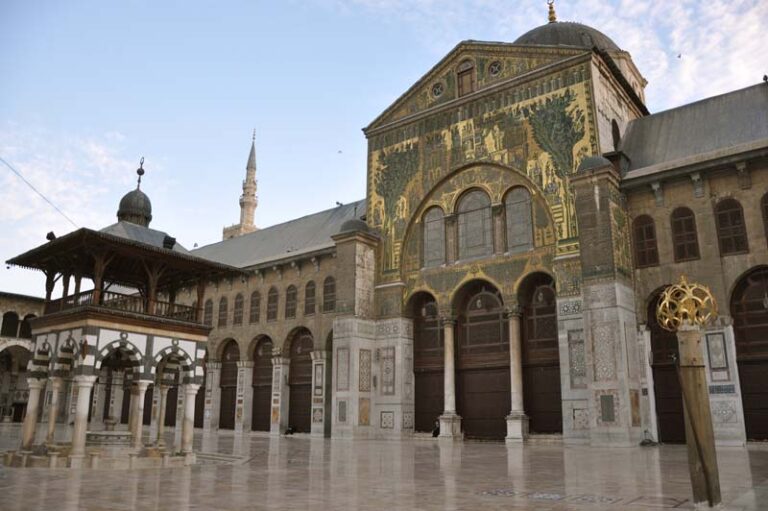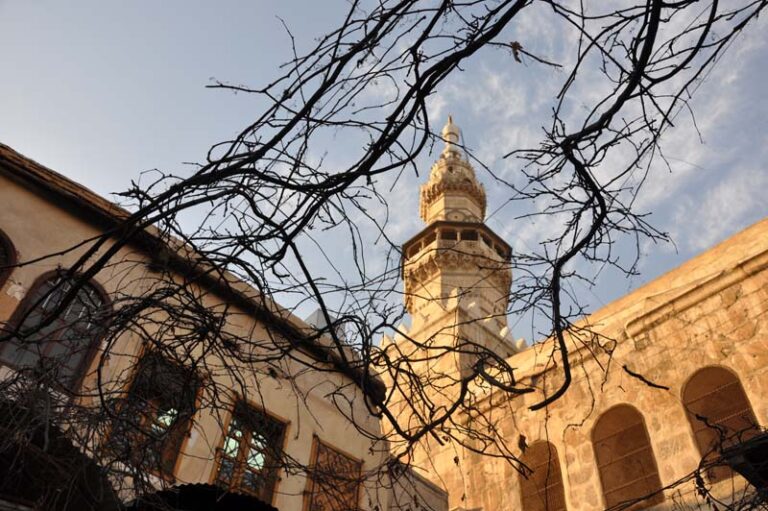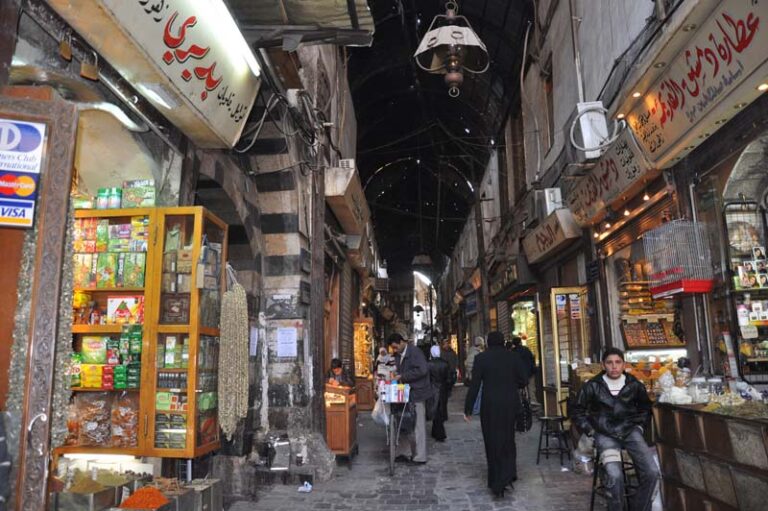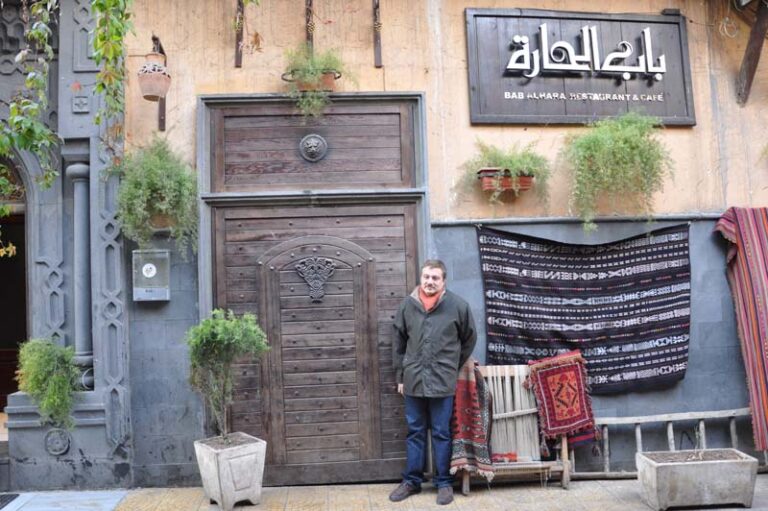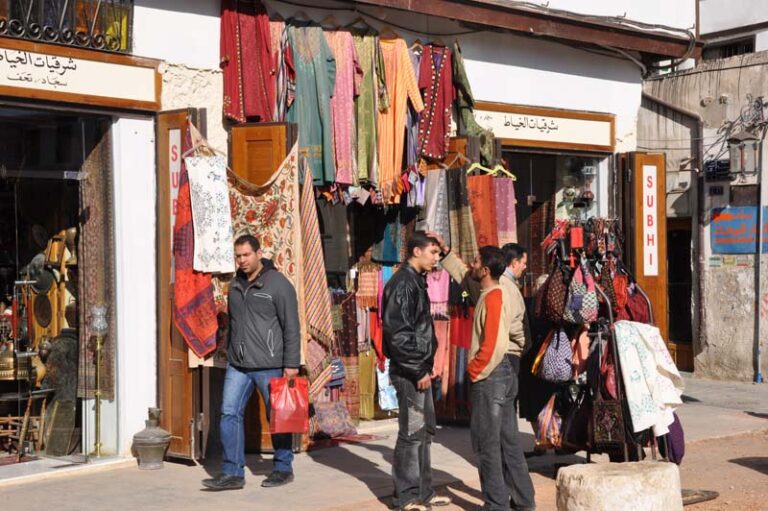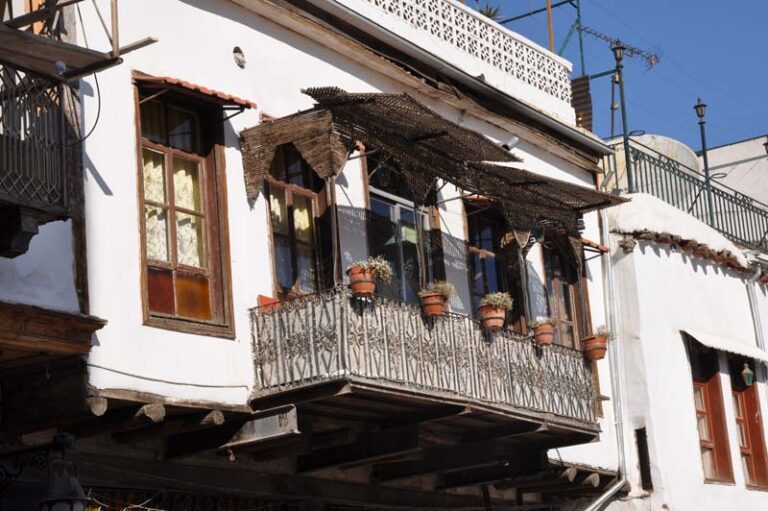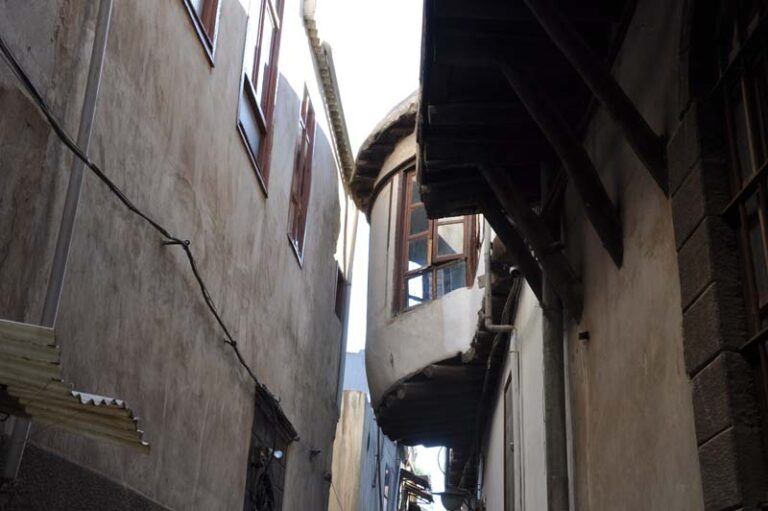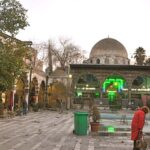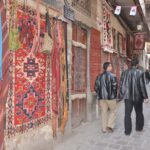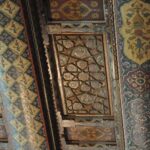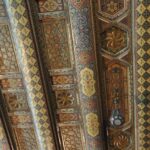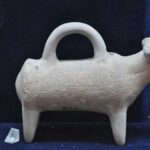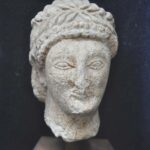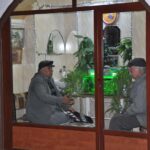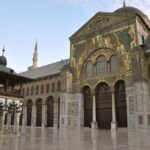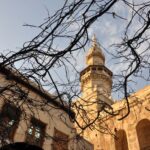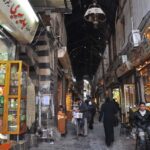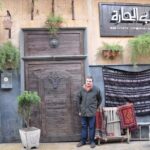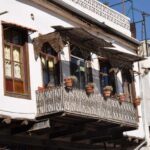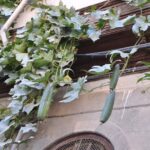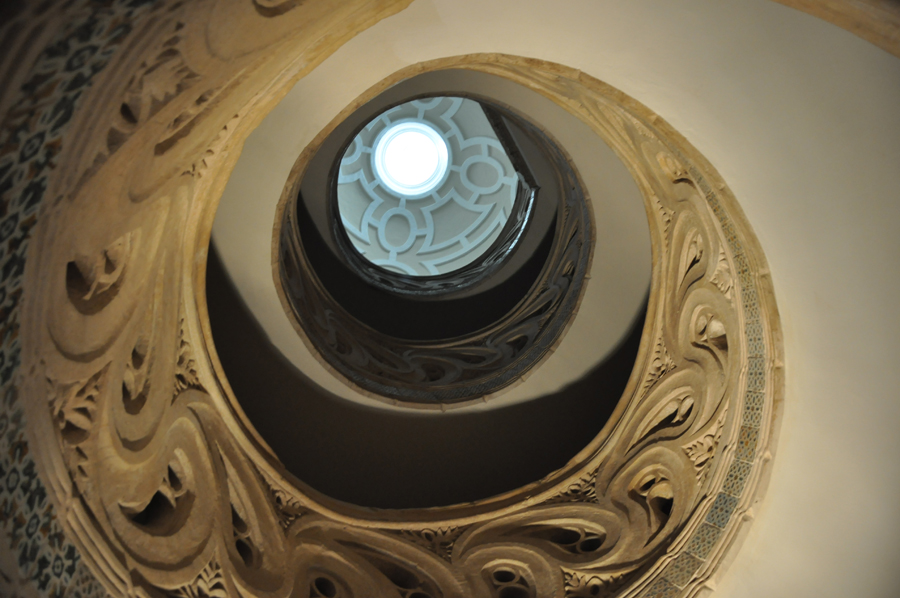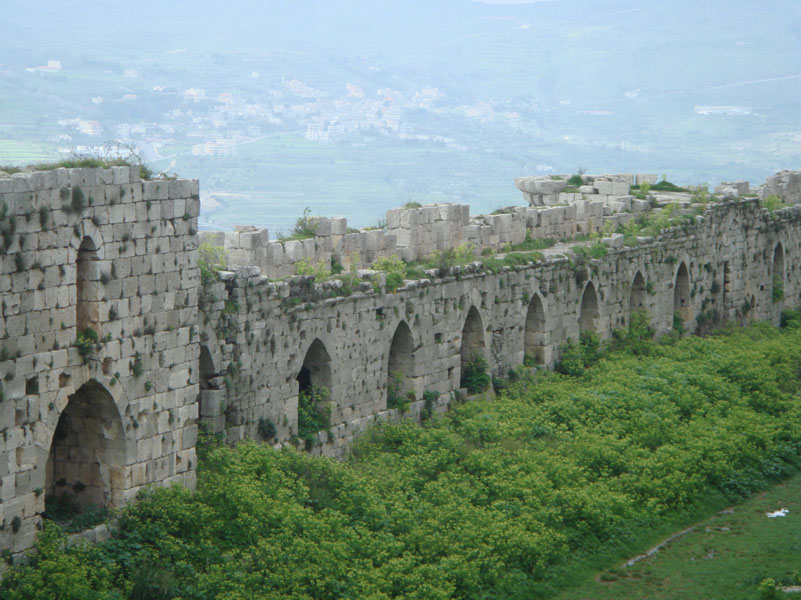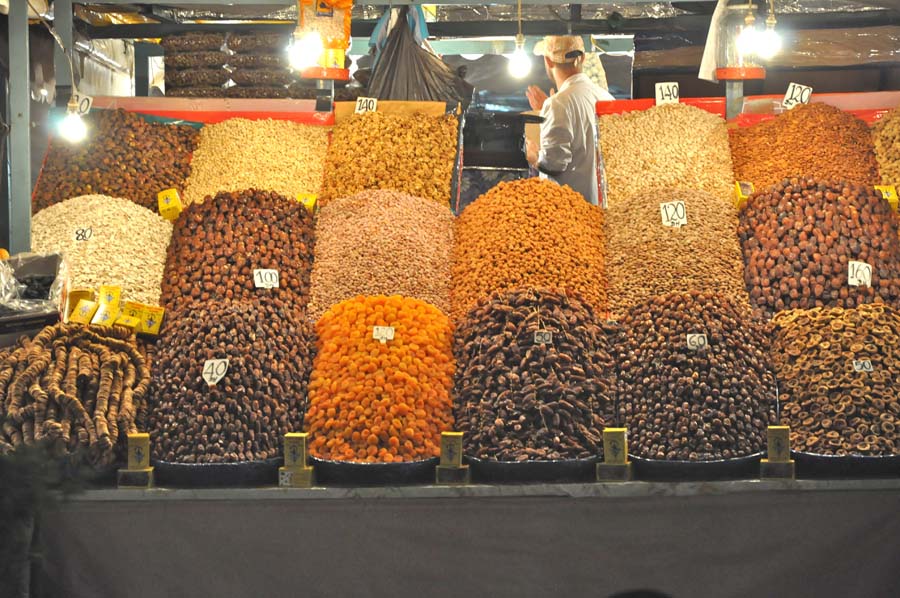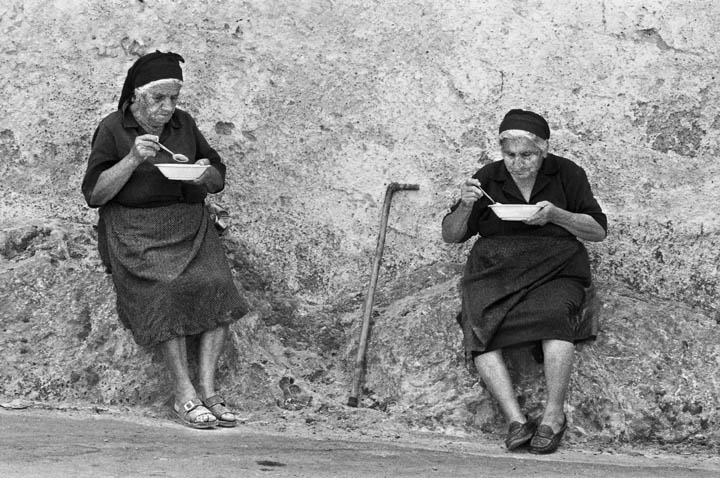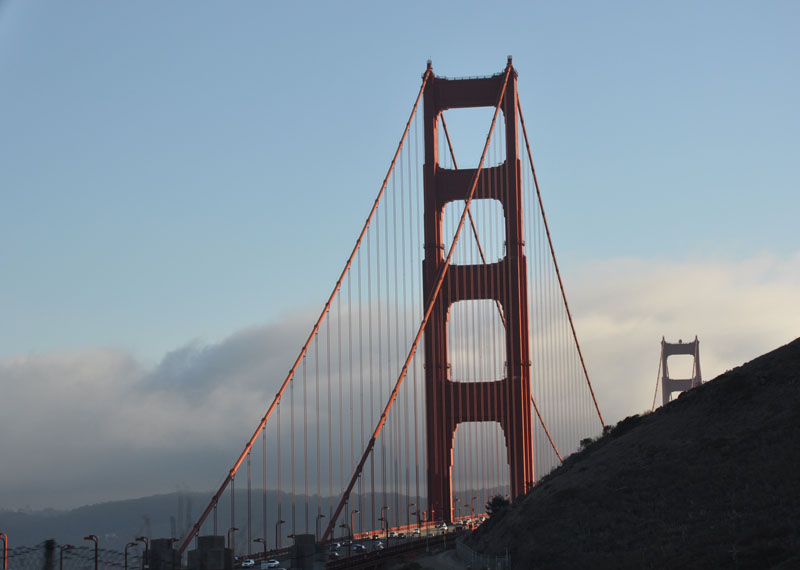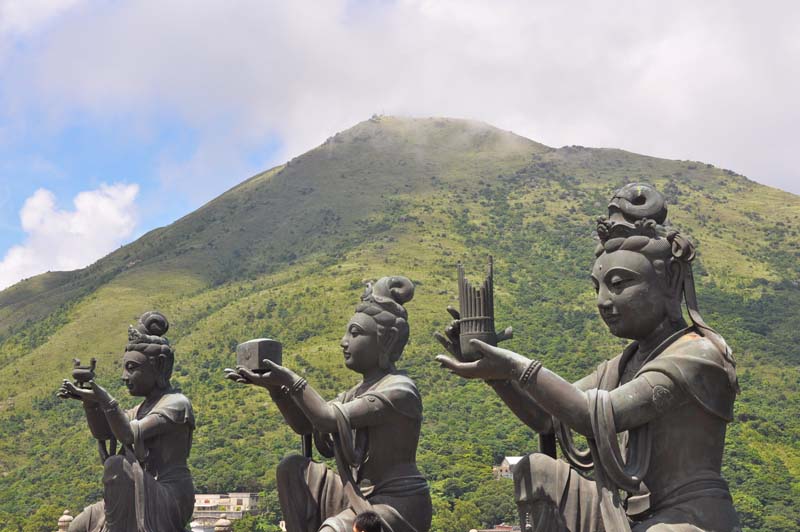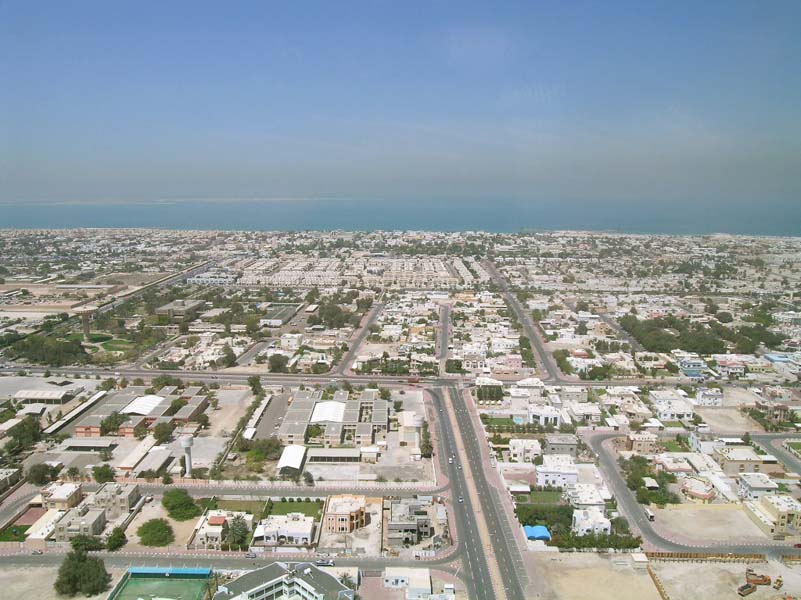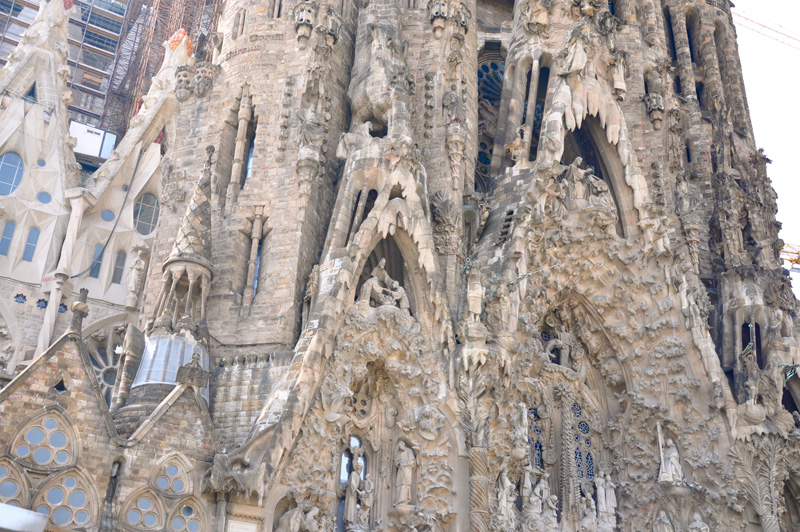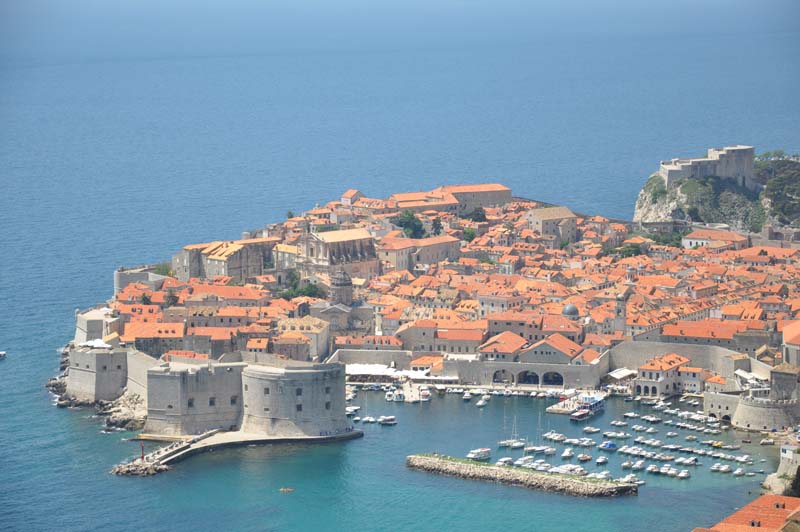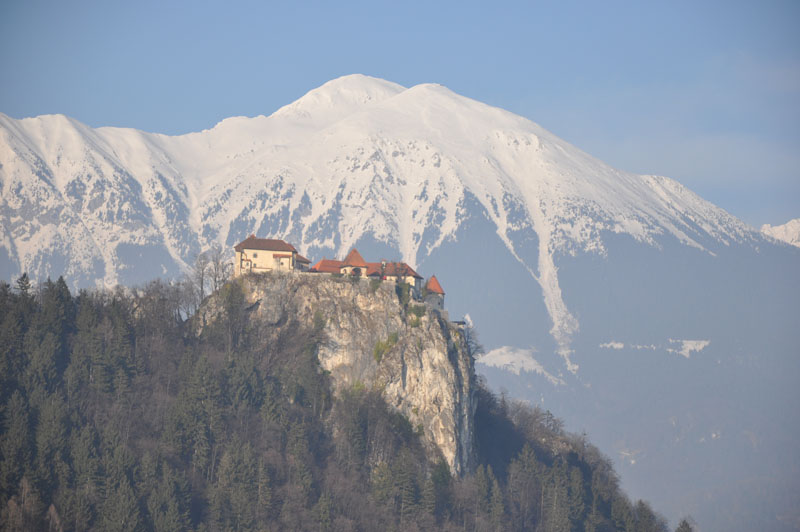
Damascus (Syria)
Damascus, the capital of Syria and one of the oldest continuously inhabited cities in the world, holds a rich history and cultural legacy. Known as al-Sham in Arabic, the city lies in southwestern Syria, bordered by the Anti-Lebanon mountains to the west. It has been a central hub of various civilizations, including Aramean, Roman, Byzantine, and Islamic empires, each leaving behind layers of architectural and cultural influences. The Old City of Damascus is a UNESCO World Heritage site, renowned for its ancient markets, traditional houses, and the Great Mosque of the Umayyads. This mosque is one of the largest and oldest in the world and is significant in both Islamic and Christian traditions, reputed to house the tomb of John the Baptist. Damascus has long been a center for arts and craftsmanship, famous for its intricate metalwork, textiles, and Damascene steel. Modern-day Damascus blends historical legacy with contemporary culture, yet it has also been affected by the recent Syrian civil conflict. Despite challenges, it remains a symbol of resilience, showcasing Syria’s historical, religious, and artistic heritage through its monuments, souks, and cultural institutions. The city continues to be a unique intersection of the ancient and modern Middle East.
Damascus, the capital of Syria and one of the oldest continuously inhabited cities in the world, holds a rich history and cultural legacy. Known as al-Sham in Arabic, the city lies in southwestern Syria, bordered by the Anti-Lebanon mountains to the west. It has been a central hub of various civilizations, including Aramean, Roman, Byzantine, and Islamic empires, each leaving behind layers of architectural and cultural influences. The Old City of Damascus is a UNESCO World Heritage site, renowned for its ancient markets, traditional houses, and the Great Mosque of the Umayyads. This mosque is one of the largest and oldest in the world and is significant in both Islamic and Christian traditions, reputed to house the tomb of John the Baptist. Damascus has long been a center for arts and craftsmanship, famous for its intricate metalwork, textiles, and Damascene steel. Modern-day Damascus blends historical legacy with contemporary culture, yet it has also been affected by the recent Syrian civil conflict. Despite challenges, it remains a symbol of resilience, showcasing Syria’s historical, religious, and artistic heritage through its monuments, souks, and cultural institutions. The city continues to be a unique intersection of the ancient and modern Middle East.

